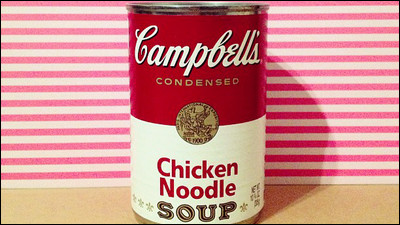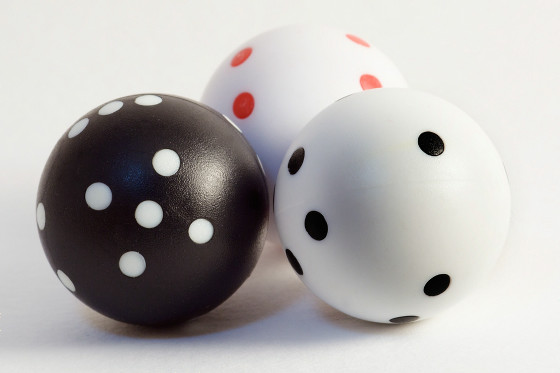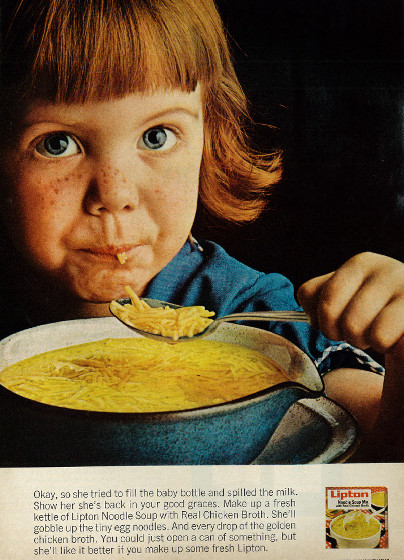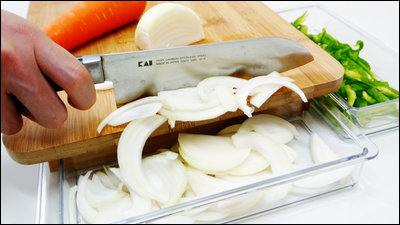Why canned is not a sphere or a cube but a cylinder

ByMomoko77
Food was packedcanningAlthough they are lined up in supermarkets and others, most of them are cylindrical. Why are they all cylindrical like what they showed, and what is really efficient canning formDataGeneticsI am analyzing it by blog.
Optimal Can Dimensions
http://www.datagenetics.com/blog/august12014/index.html
Spherical bodies can pack the maximum food with the smallest surface area from the viewpoint of the volume ratio, so the most suitable shape is "sphere" when you try to fill the container with the maximum contents. However, if all of the food containers placed in the supermarket are spherical, it is obvious that it is very difficult to display, and furthermore when stuffing food at the manufacturing stage as well as opening food at home I will. Even though it is efficient as a form, it is inefficient if it is based on manufacturing and consumption.

ByJasohill
From the point of "packing efficiently" efficiently is a rectangular parallelepiped (rectangular parallelepiped). It is easier to manufacture than spheres, it can be stacked and displayed without gaps and can be carried. Square objects are used for containers such as corned beef, but many of them are rounded corners and not perfect rectangular parallelepiped (rectangular parallelepiped). This is aimed at simplifying manufacturing and reducing load due to contact when collecting containers in one place. Especially cubes are suitable for containers because of their small surface area, but there is not much to see food packed in cubes.

ByBob Fosbury
So why are there many cylinders, that is, cylindrical containers, the easiness of manufacturing is the reason for this reason first. Once a container cut out a rectangular material, it was made to surround a round cap around, but the process of surrounding the cap around the cap after attaching the cap and side material one place is It is very easy to see from the process. Also, a cylindrical container without corners is resistant to pressure from the outside, and it was suitable for containers packing carbonated drinks and food. Furthermore, even if placed casually on a table or table, the container will not move like a sphere, opening can be easily done with a can opener. Even if it is not as small as a rectangular parallelepiped, it can also be boxed with an efficiency of 74 to 79%.

ByShrapnel 1
Considering "ease of manufacture", "efficiency of packing" and "ease of handling", it is concluded that a cylindrical container is suitable, but even if it says in a single column with a cylindrical can There are sizes and shapes. Then, what shape is the most efficient cylindrical container, calculate the height of the cylindrical container and the diameter of the bottom surface and seek further efficiency.

It is a blog writerNick BerryThere are seven types of cans that were chosen because they were at hand. The figure is the diameter / height of the can.
Chicken broth: 75 mm / 105 mm
Condensation soup: 65 mm / 98 mm
Tuna: 85 mm / 40 mm
Condensed milk 1: 75 mm / 94 mm
Condensed milk 2: 74 mm / 77 mm
Chunky · soup: 85 mm / 107 mm
Almond: 84 mm / 57 mm
The volume of the cylinder is the area of the circle which is the bottom surface multiplied by the height. So by fixing the cylindrical volume and looking at the relationship between the radius and the height, we can know the radius and height of the canned can fill the most efficiently.

What you can see from the above method is that the most efficient cylindrical container has a height twice the radius of the bottom. Below is a graph of the relationship between height and radius. The smallest amount of wasted surface area is where the value of h / r is "2".

For 7 kinds of cans, the value of h / r is obtained as follows.
Chicken broth: 2.80
Condensed soup: 3.02
Tuna: 0.94
Condensed milk 1: 2.51
Condensed milk 2: 2.08
Chunky · soup: 2.52
Almond: 1.36
When it is displayed on the graph, the most efficient is "condensed milk 2", it can be seen that tuna can 85% in diameter and 40 mm in height has a waste of 7%.

However, the design "can not be used" in canning is not necessarily useless, but it is considered to be the result of considering the beauty of appearance and the ease of taking out contents. Mathematical efficiency is of course important, but besides that, ingenuity in manufacturing and distribution is applied to each can.

ByClassic Film
Related Posts:
in Note, Posted by darkhorse_log







